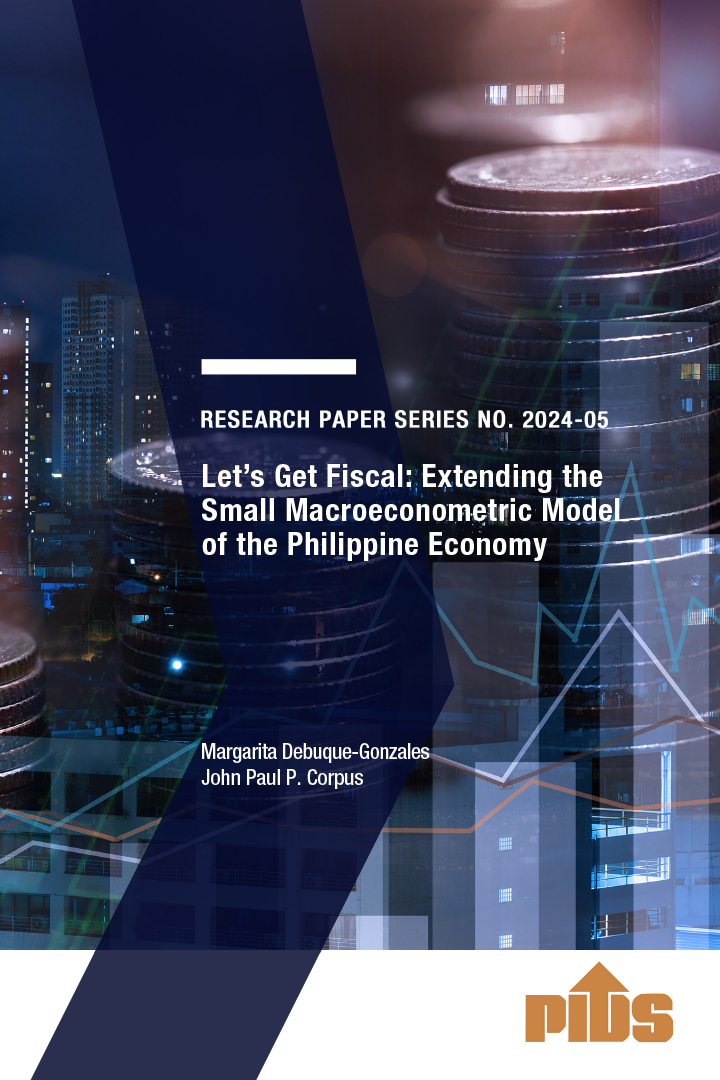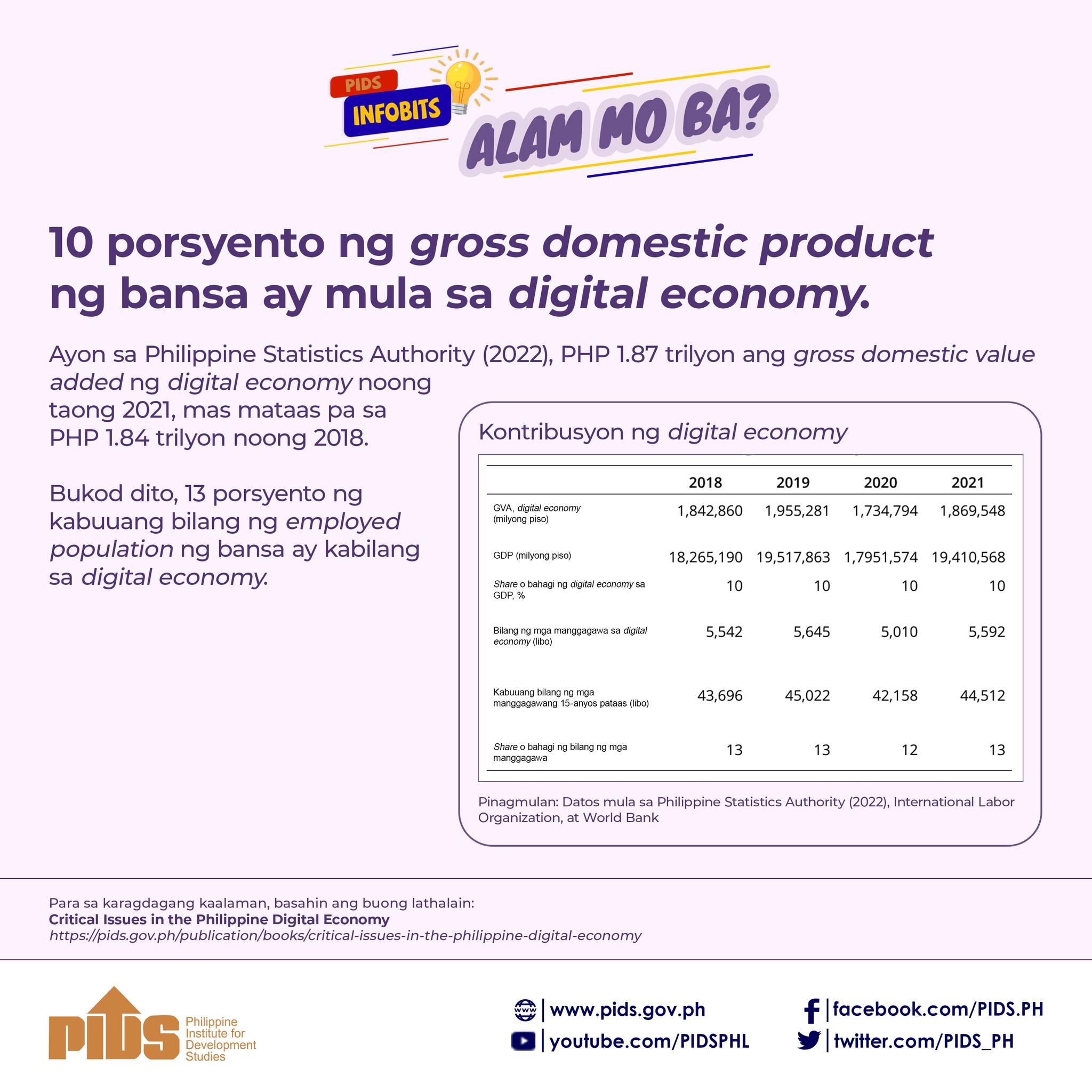Dr. Anoop Singh, Director for IMF’s Asia and Pacific Department, yesterday said that while the Philippine economy posted a strong growth of 6.6 percent last year, higher than the expansion in other Asean economies, the average growth for the past decade stood at only 4.5 percent. Singh, speaking at the Philippine Institute For Development Studies’ Seminar-forum on “The Quest for Inclusive Economic Growth”, said the Philippines already has a lot of favorable factors that could lead to sustained inclusive growth, including macrostability, vast natural resources, and a large working age population. However, one of the key factors for sustained growth is to have a higher investment rate, and the Philippines’ investment rate is low compared to other Asean countries, Singh said during. “The investment climate is very important. But in many of the essential factors that determine investment climate, the Philippines has a weaker situation compared to other Asean countries,” Singh said. “(To raise the country’s average growth rate), there is a need to significantly improve the investment rate, as well as productivity of labor,” Singh said. “It can be done. It needs a lot of reforms, but it is feasible,” he said. In a separate presentation, PIDS president Dr. Josef Yap said the Philippines’ investment rate still lags behind those of its neighbors in Southeast Asia. Using the rebased National Income Accounts of the Philippines as basis, Yap estimated the country’s investment rate at 19.7 percent last year, down from the 1998 level of 22.9 percent.












